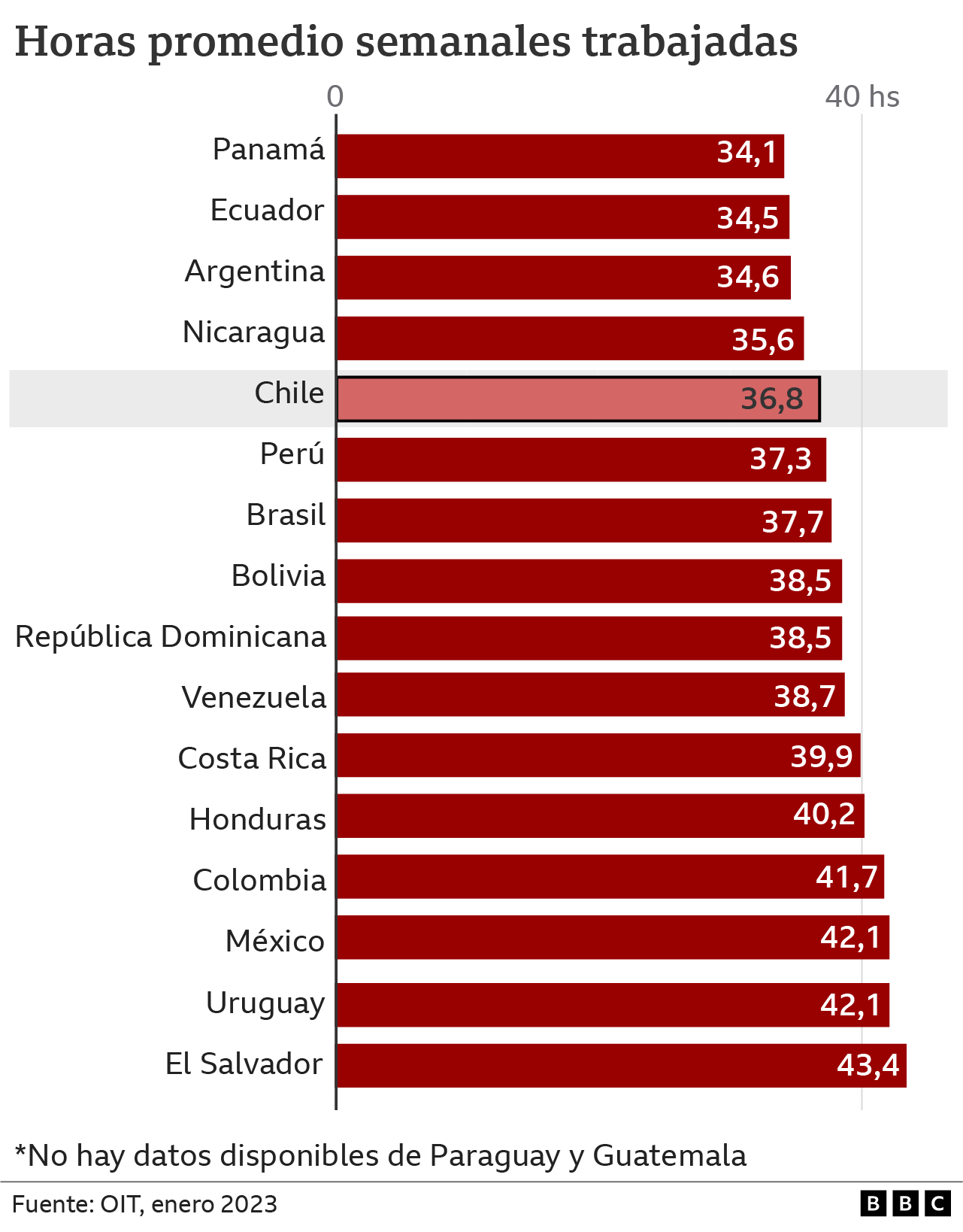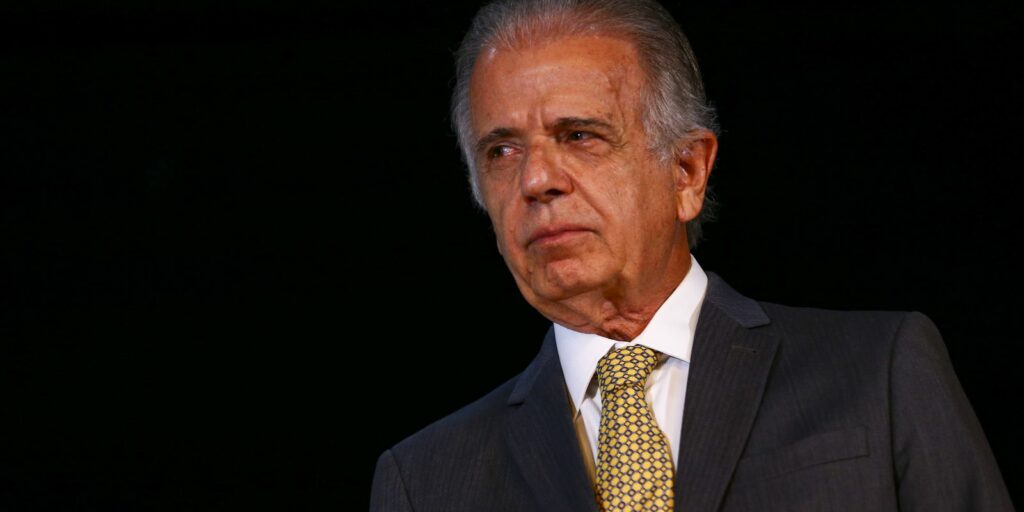April 11, 2023, 1:44 PM
April 11, 2023, 1:44 PM

The Chilean Congress approved this Tuesday to reduce the weekly work week from 45 to 40 hours, making that country the Latin American nation with the shortest work week, along with Ecuador.
The proposal, which was approved by the Chamber of Deputies after its unanimous approval in the Senate, gradually reduce hours employment within five years.
One year after its application, the working day will be reduced to 44 hours per week. After three years the limit will be 42 hours and after five years it will reach 40 hours, which is the working time recommended by the International Labor Organization (ILO).
The law provides for the possibility of work four days and rest three (unlike current legislation that requires a minimum of five business days).
And contemplate the possibility of making a maximum of 5 extra hours per week (today you can do up to 12 extra hours).
Fabio Bertranou, director of the ILO regional office in Santiago, told BBC Mundo that the law provides for a special regime for sectors that require extraordinary working hours, such as mining or transportation.
In these cases, employees will be allowed to work shifts of up to 52 hours per week, as long as they later have a greater number of days off to compensate.
“The law contemplates the possibility that the 40 weekly hours may be reached averaging four weeks. So, if one week you work more, the important thing is that the average is 40,” he explained.
With this law, Chile becomes the second country in Latin America, after Ecuador, to approve the work week recommended by the ILO.
On this map you can see what the labor legislation establishes in the rest of the region.

After this approval, Chile is in line with most of the other 38 countries of the Organization for Economic Cooperation and Development (OECD) where the 40-hour work week is also in effect.
The only exceptions are Australia, Belgium, Denmark, France and the Netherlands, where less than 40 hours are worked, and Germany, Colombia, Costa Rica, Ireland, Israel, Mexico, the United Kingdom, Switzerland and Turkey, where more is worked.
How much work is done today in Chile?
But what the law says is one thing and what reality says is another.
Although current regulations in Chile allow working up to 45 hours per week – a shift that was reduced from 48 hours in 2005 – ILO statistics show that the average hours worked are much lower.
According to data from January 2023, in Chile employed persons worked an average of 36.8 hoursweekly.
As you can see below, this is one of the lowest averages in the region.

In fact -as you may have observed- the average hours worked throughout Latin America is well below the limit established by law.
If we make a worldwide comparison, the average weekly hours worked in Latin America and the Caribbean (39.9 hours)is considerably less than in the Arab countries (44.6 hours), those of Asia-Pacific (47.4 hours), East Asia (48.8 hours) and South Asia (49 hours).
Instead, it is greater than that of Western Europe (37.2 hours), North America (37.9) and Africa (38.8 hours) according to 2019 data compiled by the ILO.
Does this mean that in Latin America, and in Chile in particular, little work is done?
“No,” replies working hours specialist Najati Ghosheh, who is based at ILO headquarters in Geneva, Switzerland.
“What happens is that in some countries only the time worked is measured in the formal sector and not the marginalwhere there are more workers who only get employment by the hour, which lowers the average,” he explained to BBC Mundo.
According to Bertranou, the data provided by Chile include the informal sector, which represents the 27% from the workers.
Of the total labor force, about 45% work 45 hours per weekbut more than 40% work less than 35 hours.
While, 11% work above the maximum permitted by law today, with days that exceed 49 hours a week.
Bertranou highlighted that the Chilean labor reform was achieved thanks to the fact that “a space for dialogue was opened with the business sector” and there was a consensus among Chilean society on the importance of “freeing up time to have more family life and to be able to enjoy public space “.
According to the ILO, which approved its convention on the 40-hour work week in 1935, working more increases the amount of work accidents and the health problemsbut it does not guarantee more productivity, since there is more fatigue.
“Latin America has lagging legislation in terms of working hours and it is imperative that a revision be made,” Bertranou recommended.
Remember that you can receive notifications from BBC Mundo. Download the new version of our app and activate them so you don’t miss out on our best content.















